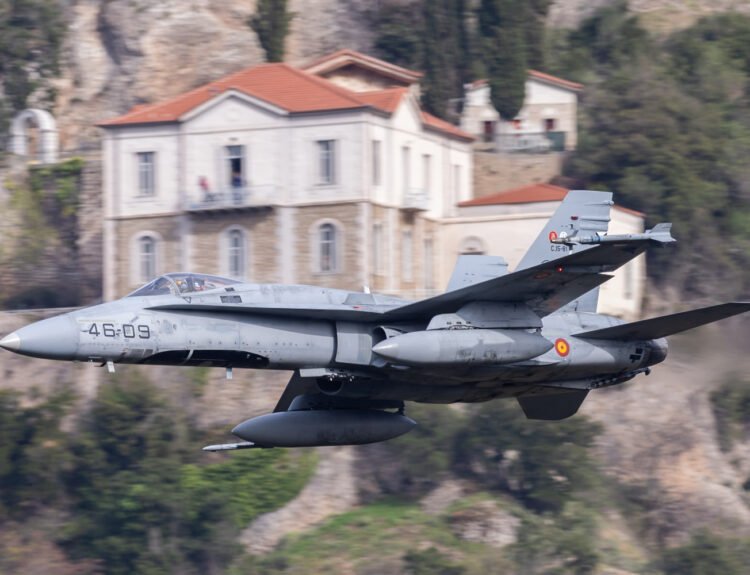NASA formally retired its iconic DC-8 science aircraft after completing its final mission to monitor air quality in Asia. The retirement marks the end of an era for the multimission plane that has played a crucial role in numerous scientific campaigns over its flying years.

A converted commercial airliner, the DC-8 is a NASA workhorse that has been in use since it was obtained in the early 1990s. Equipped with state-of-the-art instruments, the aircraft was instrumental in conducting atmospheric research, including the recent “Mission Asia,” which focused on measuring air pollution and its impact on climate and health across the region.
“Mission Asia was a flagship project that helped us learn much about the complex dance between air quality and weather patterns in one of the world’s most populous regions,” said Dr. Elizabeth Lee, chief scientist for the mission. “The data collected will be a valuable tool for policymakers and scientists who are trying to mitigate air quality issues that affect millions of people.”

During the course of the mission, the DC-8 flew thousands of miles, collecting samples and measurements over countries like China, India, and Japan. The findings revealed alarming levels of particulate matter and other pollutants, underscoring the urgent need for comprehensive air quality management strategies in many parts of Asia.
NASA’s DC-8 program has been at the forefront of atmospheric research and has contributed significantly to the understanding of numerous environmental challenges. The aircraft’s retirement comes as part of a transition to newer platforms, like the Boeing 747SP and various drone technologies that will continue to advance airborne research capabilities.

“The DC-8 has been a stalwart of our atmospheric science program,” commented Dr. Robert Radcliff, director of NASA’s aircraft operations. “Although we’ll miss its service, we’re anxious to transition to newer technology that will enhance our research capability and continue to commit us to studying our planet’s atmosphere.”
The retirement ceremony was at NASA’s Armstrong Flight Research Center in California, which had been the DC-8’s home base for decades. Current and former team members were present to celebrate the plane’s legacy and the crucial data it provided over the years.
The DC-8 will be saved as a valuable piece of NASA history, with the hope that it will be displayed in a museum dedicated to aeronautical achievements. While the agency moves on to new aircraft and technologies, it remains committed to reducing air quality and other environmental problems through innovative research.

As the world’s understanding of air pollution and climate change continues to grow, NASA’s commitment to providing essential data through outgoing and incoming aircraft will be a hallmark of its mission. The legacy of the DC-8 will undoubtedly influence generations of scientists and researchers to follow as they attempt to defend and discover our planet.
Cover image via NASA. “NASA Retires Historic DC-8 Aircraft After Critical Mission Assessing Asia’s Air Quality.”






